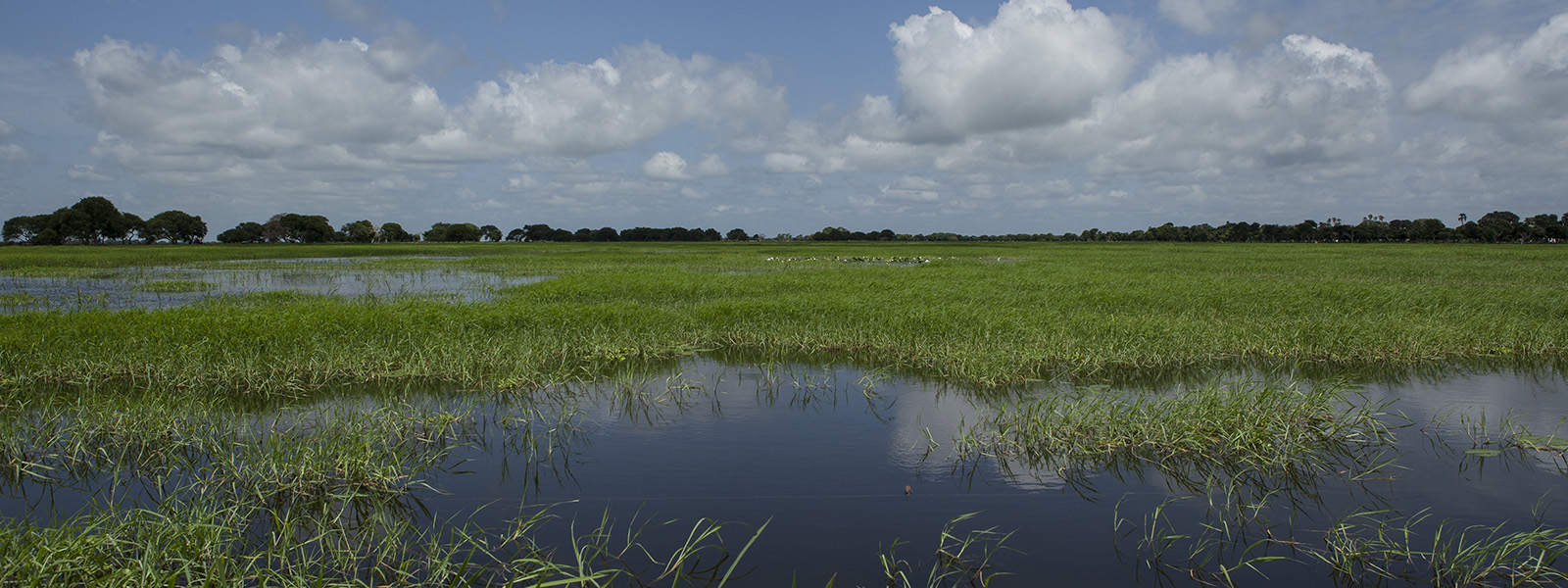The history of Sudan spans back to Ancient Egypt, where the Sudanese kings ruled for a period after the New Kingdom. The region came under both early Christian and Islamic influence.
In 1882 when the British invaded Egypt, they realised that to maintain power they had to control the flow of the Nile. Consequently, Sudan through which it flowed was invaded by Britain in 1898.
In 1956 Sudan gained independence, from Britain. However, in the transition the British prioritised the Arab speaking Muslim community in the north. This concerned the Christian and animist communities in the south, leading to the first Sudanese Civil War in 1962.
After ten years of civil war, in 1972 the south became a self-governing region, ending the civil unrest. In 1983 the south's autonomy was revoked, beginning a second civil war between the government forces and the Sudan People’s Liberation movement (SPLM). Both the SPLM and Sudanese Army began recruiting child soldiers. The SPLM took boys to Ethiopia, many of whom became the Lost Boys of Sudan, following the Ethiopian revolution in 1991.
In 2002 the Second Civil War ended with an agreement between the SPLM and Sudanese government. This agreement allowed the south to seek separation in 2008. Following setbacks in peace talks due to arguments over oil rich territory in the centre of Sudan, and clashes between Northern Soldiers and the SPLM, in 2011 South Sudan was declared a sovereign state.
In 2012 rival ethnic groups in South Sudan clashed, leaving approximately 100,000 people dead, and 200,000 people displaced. In 2013, political turmoil led to civil war, which continues today. Over 4million South Sudanese have been displaced, with at least 2.1million having fled, and an estimated 400,000 killed. The UN suspects ethnic cleansing in several parts of the country.
Explore the stories
Updated

